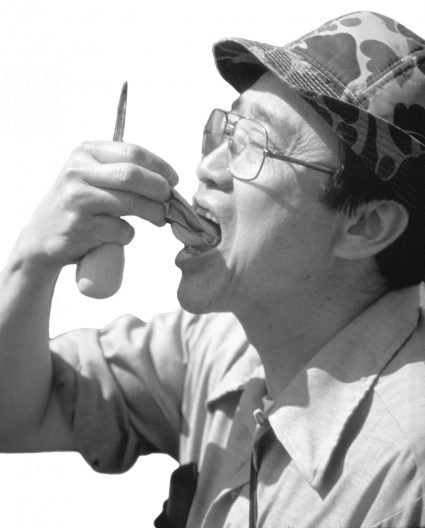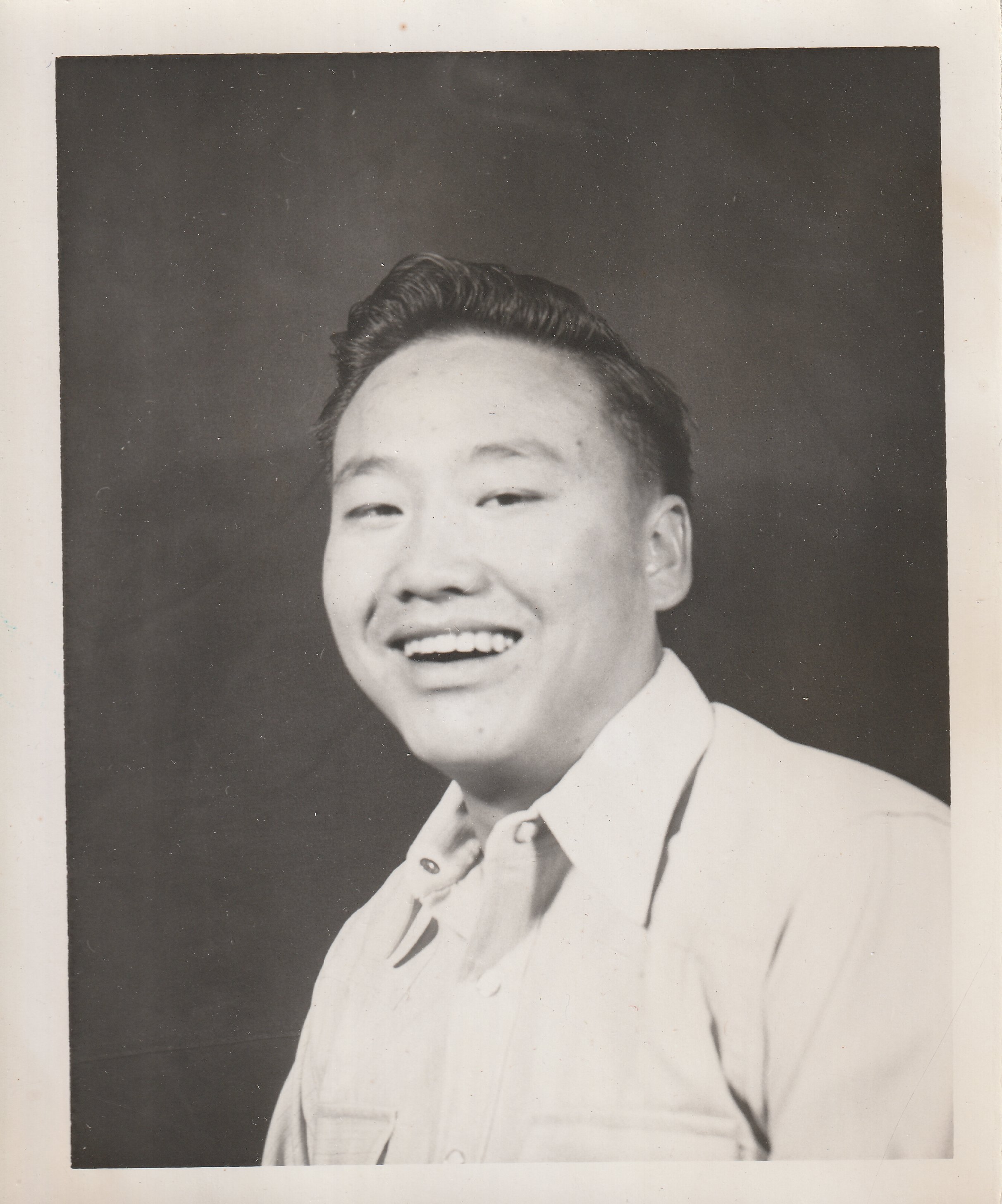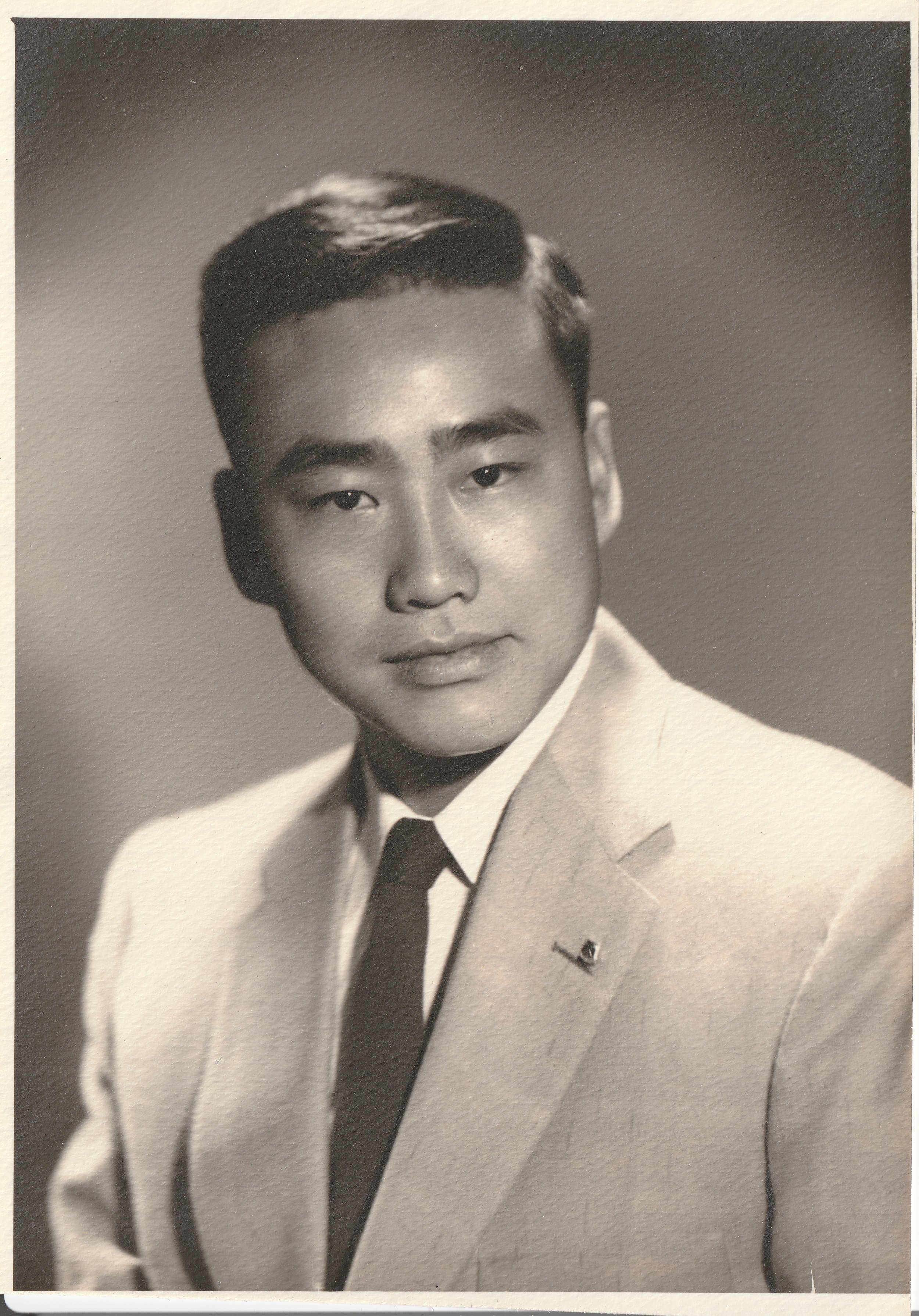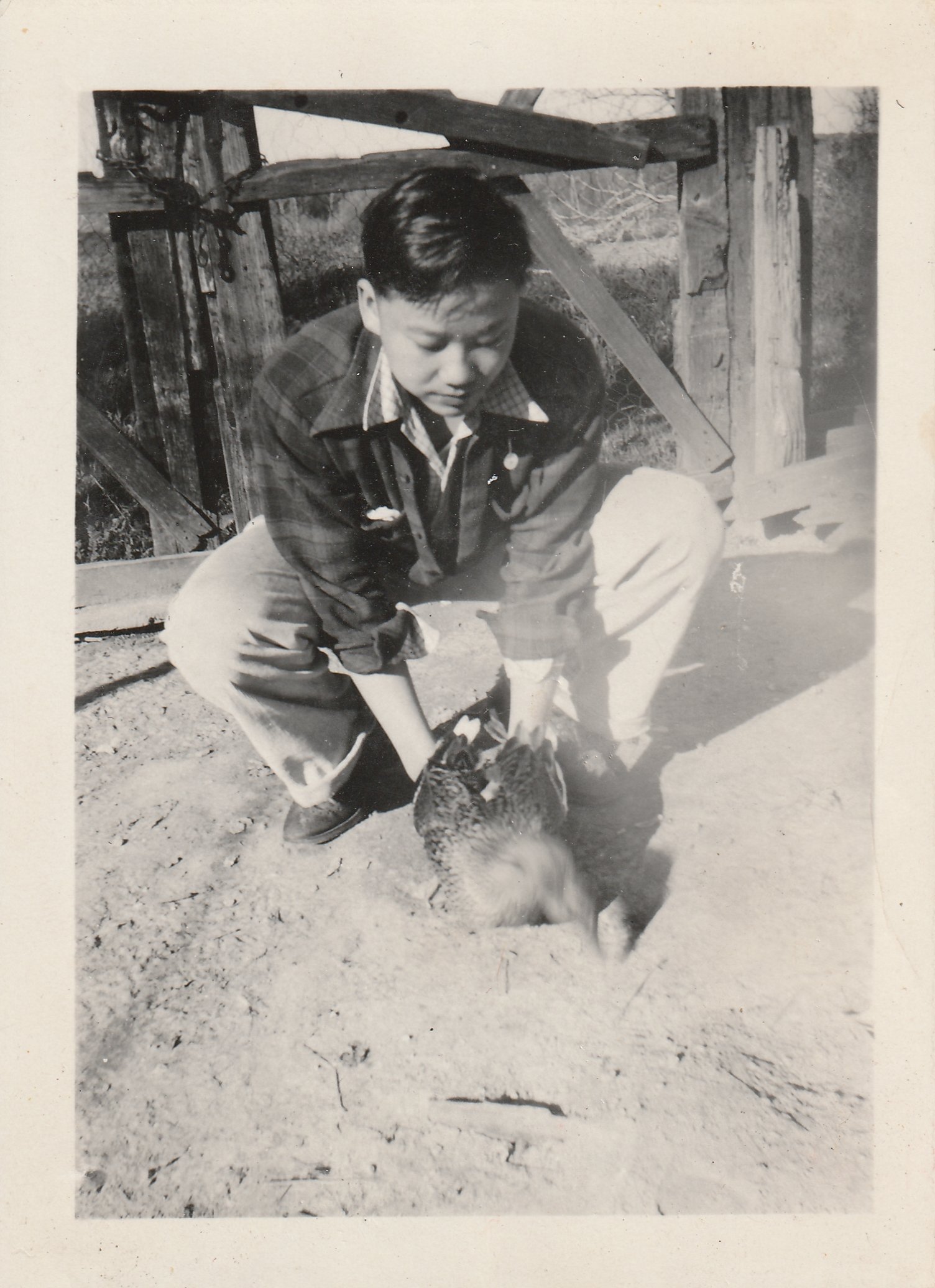Chico, CA - Chew History
Chico would become the nearest four year college for the Chinese American community of the North State. All of the Chew family’s sons would attend California State University, Chico for their undergraduate degree. By sheer accident, the great 20th Century Chinese American Pioneer, Dr. Kenneth Kendall Chew would enroll and pay $1 for his annual tuition. How about that? He would go onto consider California State University, Humboldt versus the University of Washington for his PhD. The University of Washington stuck gold when Ken Chew arrived. He was smart, curious, and had an intuition about him that made it possible to revolutionize the way we approach aquaculture science. Dr. Kenneth Kendall Chew from Red Bluff would become the Oyster King and quite possibly the last pioneer from the Chew family tree.
Another family of California State University, Chico Alumni is the Fong family. They are the last Chinese American family operated restaurant in Butte County called Rice Bowl. Anyone from the North State as far as Sacramento, knows of “Rice Bowl” the place to go back in the day, packed with long lines. Even the Chew family loved to go to Rice Bowl.
With the recent loss of Lim’s Cafe in Redding, we must always remember how important it is to support our community by patronizing their businesses.
The Howard and Yee Fong family opened Rice Bowl in 1958 at the corner of Lassen Avenue and The Esplanade. When the elders of Rice Bowl decided to retire in 1999, the business was sold but not the property. Rice Bowl became a Buffet but hey those were my aunties favorite types of restaurants as they got older! After attempts to sell the restaurant business, the ancestors must have nudge Henry Fong because like the Chinese proverb “a child's life is like a piece of paper on which every person leaves a mark”, the family resumed Rice Bowl. The restaurants occupancy is 200 people.
However, Chico, California historically has been no friend to the Chinese community. Its long history is harsh and hostile residents leaves one with too many unsettling stories. Its no wonder that after the Gold Rush, the Chinese community from Red Bluff avoided migrating to Butte County until after the repeal of the Chinese Exclusion Act.
Chico had not only one opportunity but three chances to salvage any form of a Chinatown in their community. Today, not a single Chinatown exists. After settling in Chico around 1863, segregated neighborhoods called “Chinatowns” began to exist. First, on Flume and Cherry streets and then on Humboldt Avenue. After arriving on the steamboats, it was only logical to feed the community so the Chinese ventured into the agriculture industry. They grew and sold vegetables, had laundries for the workforce, and like everywhere else worked as cooks, houseboys or farm laborers. It was well known in Red Bluff, that the Sheriff in Chico was unkind. There was frequent raids in Chinatown searching for gambling, opium, or the distribution of alcohol. The Sheriff in Red Bluff had to even travel to Butte County to make his own arrest because he knew there would be no justice in Chico.
In 1939, George Orberg received what remained of the Chinese Temple’s altars and furnishings. The Chinese Temple was established at the Cherry Street Chinatown and like everything else was made of wood, gold trim and lacquer. Fortunately, the lanterns were also preserved.




